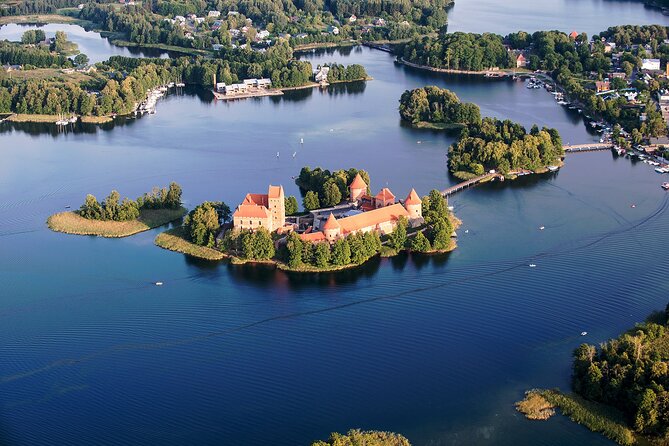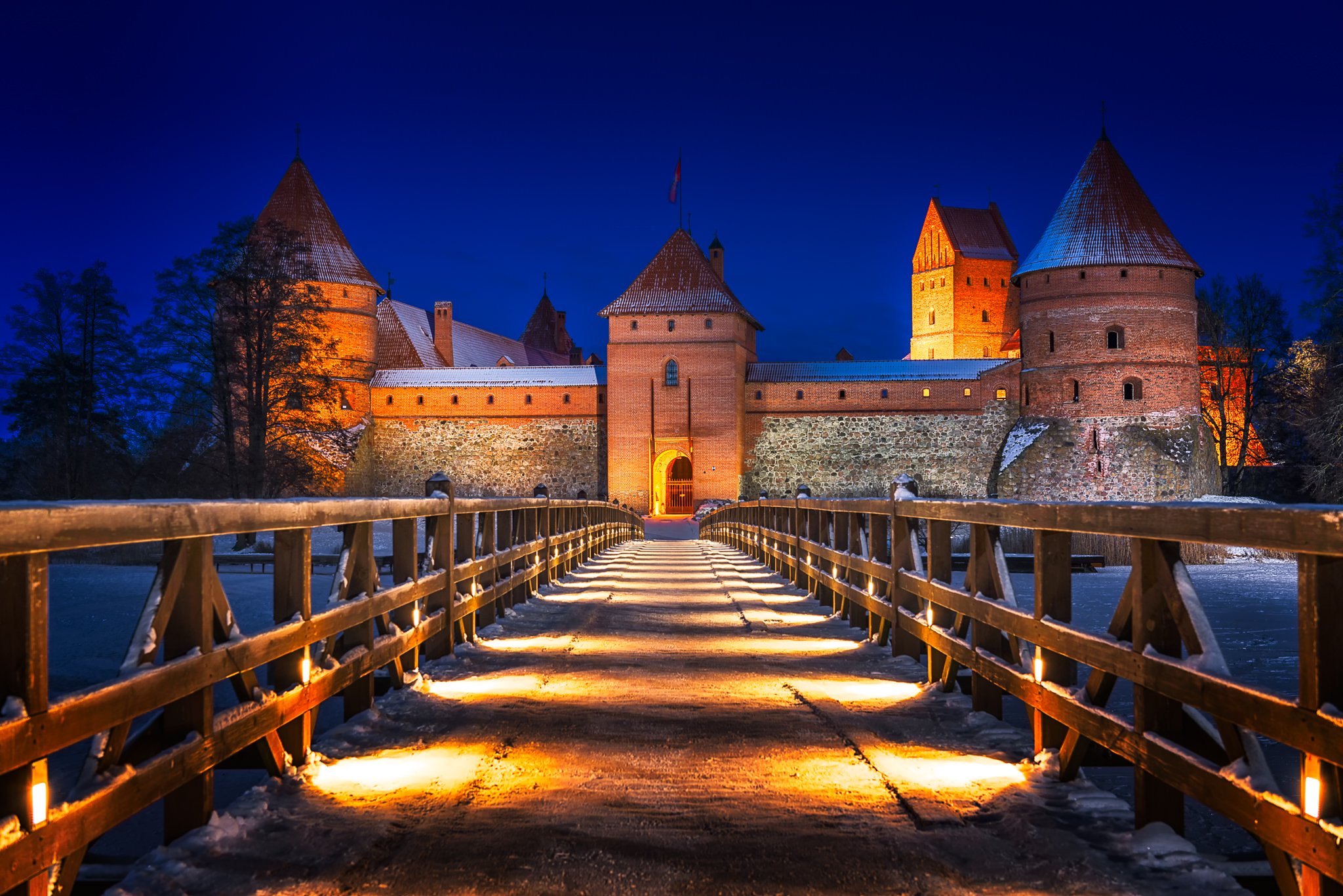Trakai District Municipality

Protocol of Intent for Cooperation – August 25, 2009
Partnership Agreement – September 24, 2010
Population: 37,400 residents
Area: 1,208 km²
Country: Lithuania
County: Vilnius County
Mayor of Trakai District Municipality: Andrius Šatevičius
Official website: http://www.trakai.lt/
History
Trakai District Municipality became well-known in its early history due to the Old Trakai Castle, built by Grand Duke Gediminas in the 13th century. Many other castles were later constructed in the area, including the Trakai Peninsula Castle and Trakai Island Castle. Over the years, the district differed significantly from the rest of Lithuania due to the presence of various ethnic groups such as the Karaims, Tatars, Russians, and Poles living in close proximity. Trakai District Municipality played an important role in the Grand Duchy of Lithuania. Its political and economic significance began to decline in the 16th century. During wars, the district was frequently attacked by Russians and was eventually devastated. It was later rebuilt, and numerous festivals are now held there annually. Due to its picturesque landscapes and rich history, Trakai District Municipality is often depicted on Lithuanian postage stamps. It has regained prominence as one of Lithuania’s leading regions.
Geography
Trakai District Municipality borders Vilnius, Varėna, Prienai, and Elektrėnai districts and is located near the city of Vilnius. Its administrative center is Trakai, just 18 km from the Lithuanian capital. The city is easily accessible by both road and rail. Trakai District Municipality is well known for its recreational areas, tourism, forestry, and cooperative farming. The region is home to the stunning Trakai Lake District, featuring over 200 lakes and 14 ponds, as well as hills, valleys, and pine forests. The district’s landscape is primarily composed of sand, gravel and clay. The river network in this hilly terrain is sparser compared to the Lithuanian average, but the rivers are deep and fast-flowing. The region also has an extensive network of underground water channels containing mineralized, crystal-clear water.
In recent decades, approximately 942 plant species have been identified and documented in the district, representing a significant portion of Lithuania’s flora. Seventy-five plant species are considered rare, and 54 species have been included in the Lithuanian Red Book. Even in the past, the region attracted botanists from around the world due to its unique and untouched plant treasures. Today, Trakai District Municipality remains a popular destination for those looking to escape city life, enjoy scenic surroundings, or go yachting on one of its many lakes.

Culture
Trakai District Municipality is highly regarded for its cultural heritage from various historical periods. For centuries, Lithuanians from the Dzūkija region, Karaims, Tatars, Poles, Russians, and other ethnic groups living in the district have coexisted peacefully. The region’s unique culture developed over a long historical period. Today, cultural activities in the district focus on preserving its authentic identity and passing it on to future generations.
The cultural life of Trakai District Municipality is oriented toward tourism, attracting many visitors throughout the year. Numerous events take place, especially during the summer season, including historical reenactments, classical and medieval music concerts, and theatrical performances. The district’s beautiful landscapes and architectural heritage provide an ideal setting for open-air events. Each year, Trakai draws increasing numbers of tourists, and numerous national organizations seek to host their events in the area.
Tourism
Various events are held in the district annually, including national celebrations, ethnographic and historical performances, theatrical events, and festivals showcasing old Lithuanian traditions and international cultures. The local community actively participates in cultural events and collaborates with art enthusiasts, including ethnographic ensembles, musical, theatrical, and artistic groups. Currently, around 50 such groups actively contribute to the district’s cultural scene.
The district is also home to 20 folk artists engaged in painting, weaving, marble sculpting, ornamental wood carving, crocheting, and paper cutting. Cultural activities in the district are not limited to cultural institutions but also take place in schools, libraries, and museums, which organize national and seasonal celebrations, exhibitions, and various events for local communities.
